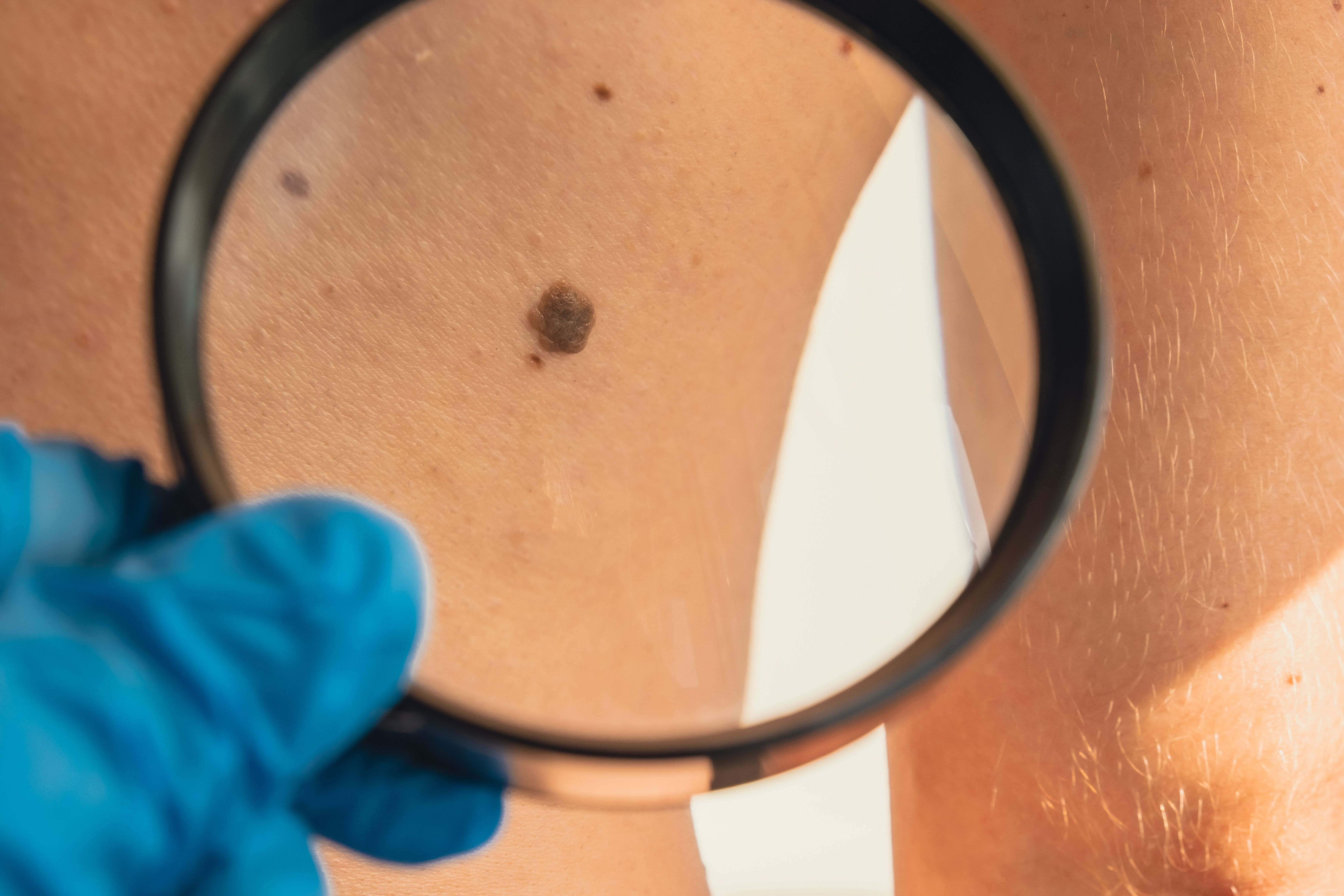Article
Bim Expression Could Predict Patient Response to PD-1 Blockade, Mayo Clinic Study Finds
Author(s):
Metastatic melanoma patients treated with pembrolizumab responded better if their T cells had a higher level of Bim expression.
A new study by researchers at the Mayo Clinic, presented at the American Association for Cancer Research International Cancer Immunotherapy Conference, has found that expression of an apoptosis regulator protein, Bim, could help predict response to PD-1 blockade in melanoma patients.Predictive biomarkers help select patients who will respond positively to a treatment regimen and avoid unnecessary and sometimes toxic exposure for non-respondents.
Despite promising results, immuno-oncology agents, particularly the PD-1 and PD-L1 agents, have not had much success with a predictive biomarker. Results have actually been mixed with correlating PD-L1 expression with treatment response. One study, presented at the annual meeting of the American Society of Clinical Oncology this year found that mismatch repair deficient tumors were more receptive to PD-1 inhibition with pembrolizumab.
The current study evaluated response in 38 metastatic melanoma patients being treated with pembrolizumab by drawing a series of blood samples that were then assayed by flow cytometry. Blood samples were collected and every 3 months after treatment. Patients with high levels of Bim expression on their T-cells responded to treatment while those who had relatively lower expression of the protein did not respond, as measured by RECIST 1.1 complete response, partial response, or stable disease after 4 cycles of treatment. Responders also had increased expression of soluble PD-L1 in their blood prior to treatment.
“The discovery of biomarkers of sensitivity are vital not only for informing clinical decisions, but also to help identify which patients with melanoma, and possibly other malignancies, who are most likely to benefit from PD-1 blockade,” says Roxana Dronca, MD, a hematologist at Mayo Clinic and lead author of the abstract. “This will allow us to expose fewer patients to inadequate treatments, and their associated toxicities and costs.”
A major advantage of the method used is the use of circulating peripheral blood cells, which will avoid repeated tissue biopsies for the patient.




